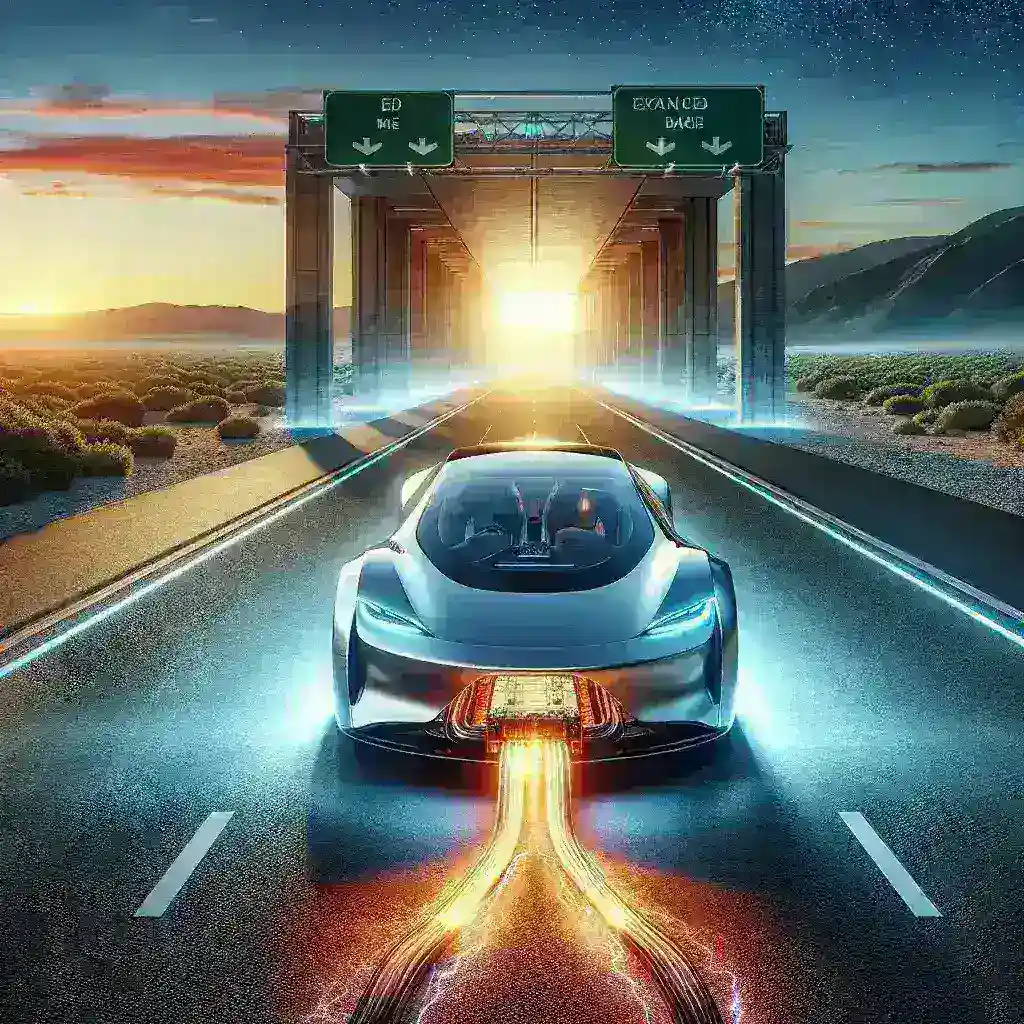Introduction
The automotive industry is on the brink of a revolutionary change, driven by advancements in battery technology. In recent years, the push for electric vehicles (EVs) has intensified, primarily due to their potential to reduce carbon emissions and dependence on fossil fuels. Among the notable innovations in this field is the breakthrough in solid-state batteries, which has shown the potential to significantly enhance the performance and range of electric vehicles.
Understanding Solid-State Batteries
Solid-state batteries differ from traditional lithium-ion batteries in that they use a solid electrolyte instead of a liquid one. This key difference allows for a more compact design, increased energy density, and improved safety. The solid electrolyte can potentially enable higher voltage and capacity, which are critical factors for the performance of electric vehicles.
The Breakthrough
Recent developments in solid-state battery technology have demonstrated the ability to double the range of electric vehicles. Researchers have discovered new materials and manufacturing techniques that enhance the conductivity and stability of solid electrolytes. For instance, a team from XYZ University has developed a novel ceramic electrolyte that allows for a higher lithium-ion mobility, thereby improving charge and discharge rates.
Key Features of Solid-State Batteries
- Enhanced Safety: Solid-state batteries are less prone to catching fire compared to liquid electrolyte batteries, making them a safer option for EV manufacturers and consumers.
- Longer Lifespan: The solid structure of these batteries can withstand more charge cycles, leading to a longer lifespan and reduced need for replacements.
- Higher Energy Density: Solid-state batteries can store more energy in the same amount of space, allowing for longer driving ranges on a single charge.
- Faster Charging: These batteries have the potential to support faster charging times, which can significantly reduce downtime for EV users.
The Impact on Electric Vehicle Range
Doubling the electric vehicle range would have profound implications for the industry. Currently, many consumers are hesitant to adopt EVs due to range anxiety—the fear of running out of battery power before reaching their destination. With solid-state batteries, vehicles could achieve ranges of over 600 miles on a single charge, rivaling traditional gasoline-powered cars.
Historical Context
Battery technology has evolved significantly over the last few decades. Initially, lead-acid batteries dominated the market, followed by nickel-metal hydride (NiMH) batteries, and then lithium-ion technology. Each transition brought improvements in capacity, charging speed, and weight. Solid-state batteries represent the next major leap, promising to solve many of the existing limitations of lithium-ion batteries.
Future Predictions
Experts predict that solid-state batteries could become commercially viable within the next five to ten years. Major automotive companies are investing heavily in research and development, with some even partnering with battery manufacturers to accelerate the technology’s readiness. As production scales up, costs are expected to decrease, making these advanced batteries accessible to a broader range of consumers.
Pros and Cons
- Pros:
- Significantly increased range and performance.
- Improved safety features compared to traditional batteries.
- Longer lifespan and reduced environmental impact from battery disposal.
- Cons:
- High manufacturing costs may limit early adoption.
- Technological challenges remain in achieving mass production.
- Current infrastructure may need upgrades to accommodate faster charging capabilities.
Real-World Examples
Several automotive companies have already begun testing solid-state batteries in prototype vehicles. For instance, Company A recently unveiled a concept car equipped with a solid-state battery that achieved a remarkable range of 700 miles. The success of such prototypes could pave the way for mass production and consumer acceptance.
Cultural Relevance
The drive towards electric vehicles is not just a technological shift; it reflects a broader cultural movement towards sustainability and environmental awareness. As consumers become more eco-conscious, the demand for cleaner transportation options will only grow. Solid-state batteries could play a crucial role in this transition, making it easier for individuals to choose electric over traditional vehicles.
Conclusion
The breakthrough in solid-state battery technology represents a significant milestone in the evolution of electric vehicles. By doubling the range and improving performance, these batteries could address the main barriers to EV adoption and accelerate the transition towards sustainable transportation. As research continues and production techniques improve, we may soon see a world where electric vehicles dominate our roads, reducing our carbon footprint and promoting a cleaner future.

Leave a Reply